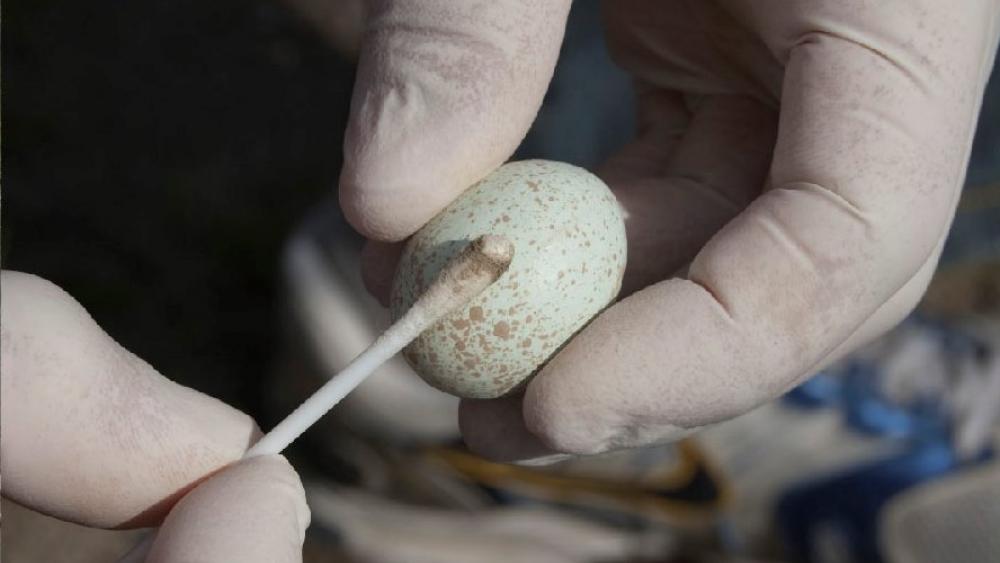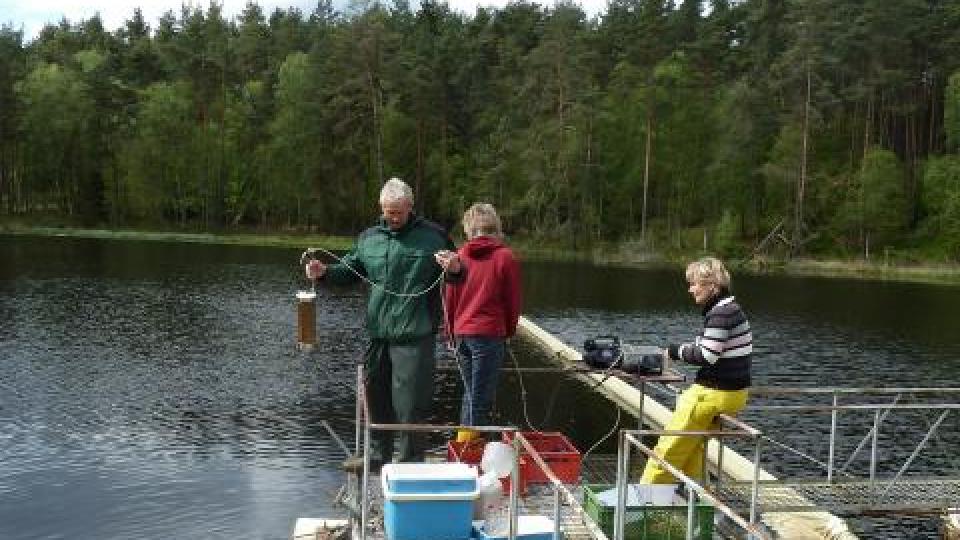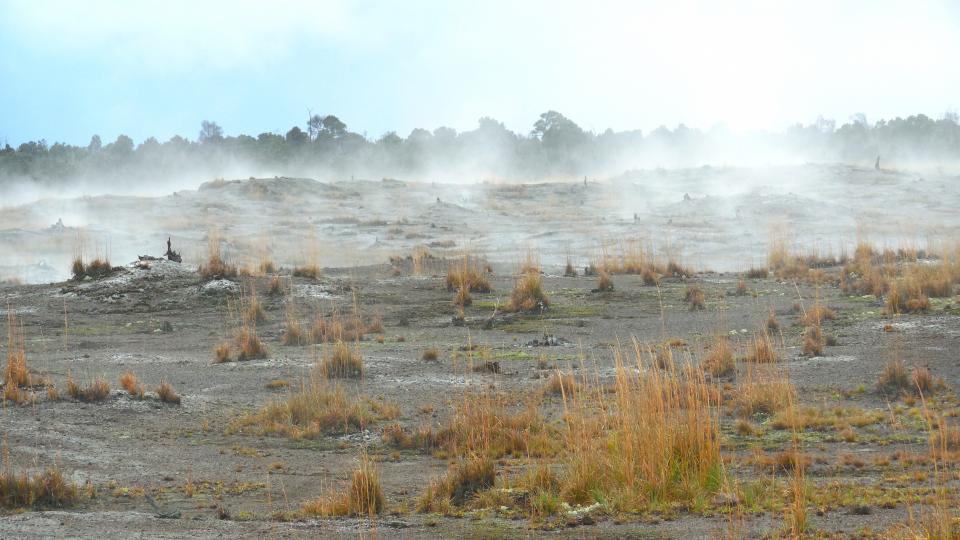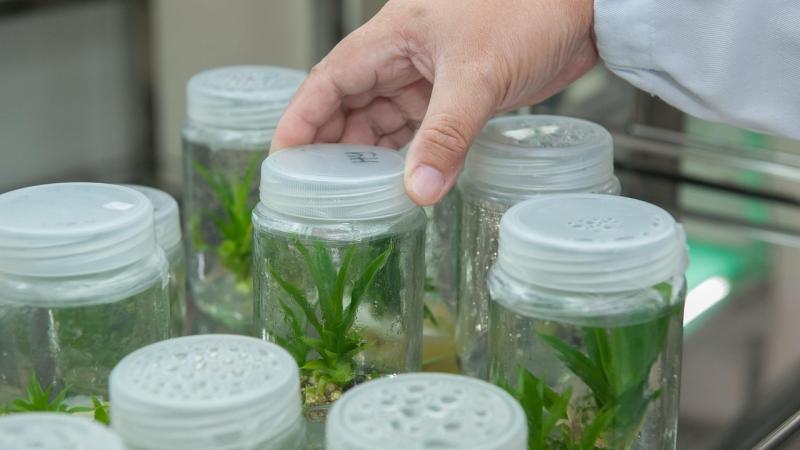
Swabbing DNA off bird eggshells in Spain. | Photo: Juan M. Peralta-Sánchez
Bacteria, fungi, microscopic algae and other single-cell organisms are the protagonists of microbial life on earth – they are the microbiome of our planet. Although they are omnipresent, the scientific understanding of microorganisms and their relationships to the environment is still incomplete. That is why the Earth Microbiome Project (EMP) was launched in 2010 – a huge crowdsourcing campaign involving over 500 researchers from all over the world. Among the contributors were also several IGB scientists sampling six different lakes each month, some of them over a period of ten years. The (first) results of this cooperation network were now published in the renowned journal Nature.
The researchers used DNA-analyses to examine the respective microbial composition of more than 27,000 samples from 43 countries on 7 continents. The information gained was used to create the world's first reference database of bacteria colonising our planet. Using this database, in more than 90 percent of all cases samples can now be assigned to specific habitats in the world, based on their particular microbiome. Next to forensic specialists also ecologists benefit from the data collected: specific microbial communities give an exact image of the state of an ecosystem, for instance a lake. Through the existence of such indicator organisms the scientists can conclude on potential water contamination, for example by toxins.

As part of this huge project, IGB scientists took monthly samples from six different lakes, including Lake Große Fuchskuhle in Brandenburg. | Photo: Martina Bauchrowitz / IGB

For the EMP study soils were also collected in Puhimau Thermal Area, Hawai'i Volcanoes National Park. | Photo: G. M. King

Researcher sampling the southern most geothermal soils on the planet at the summit of Mt Erebus, Ross Island, Antarctica. | Photo: S. Craig Cary / Univ. of Waikato, New Zealand



